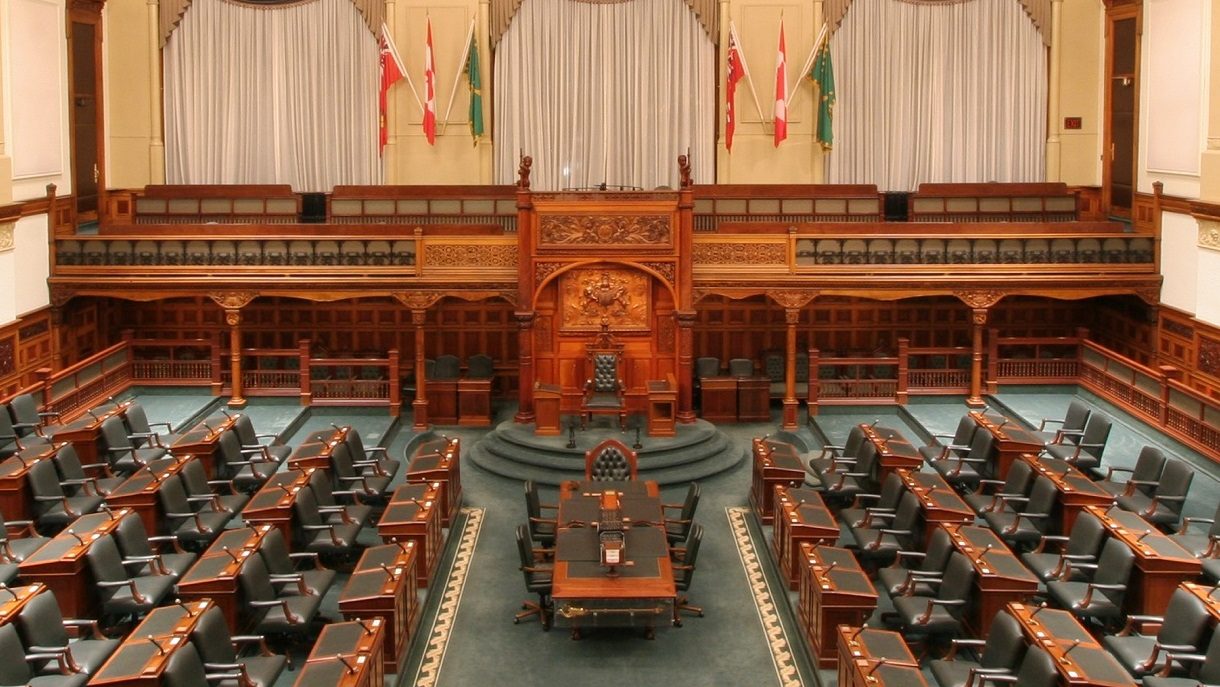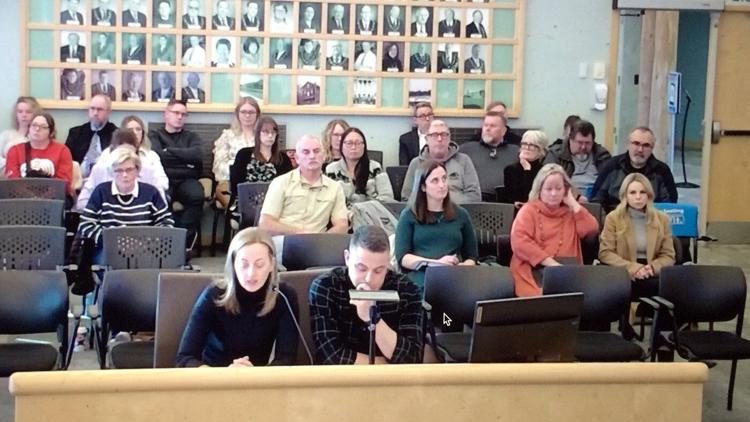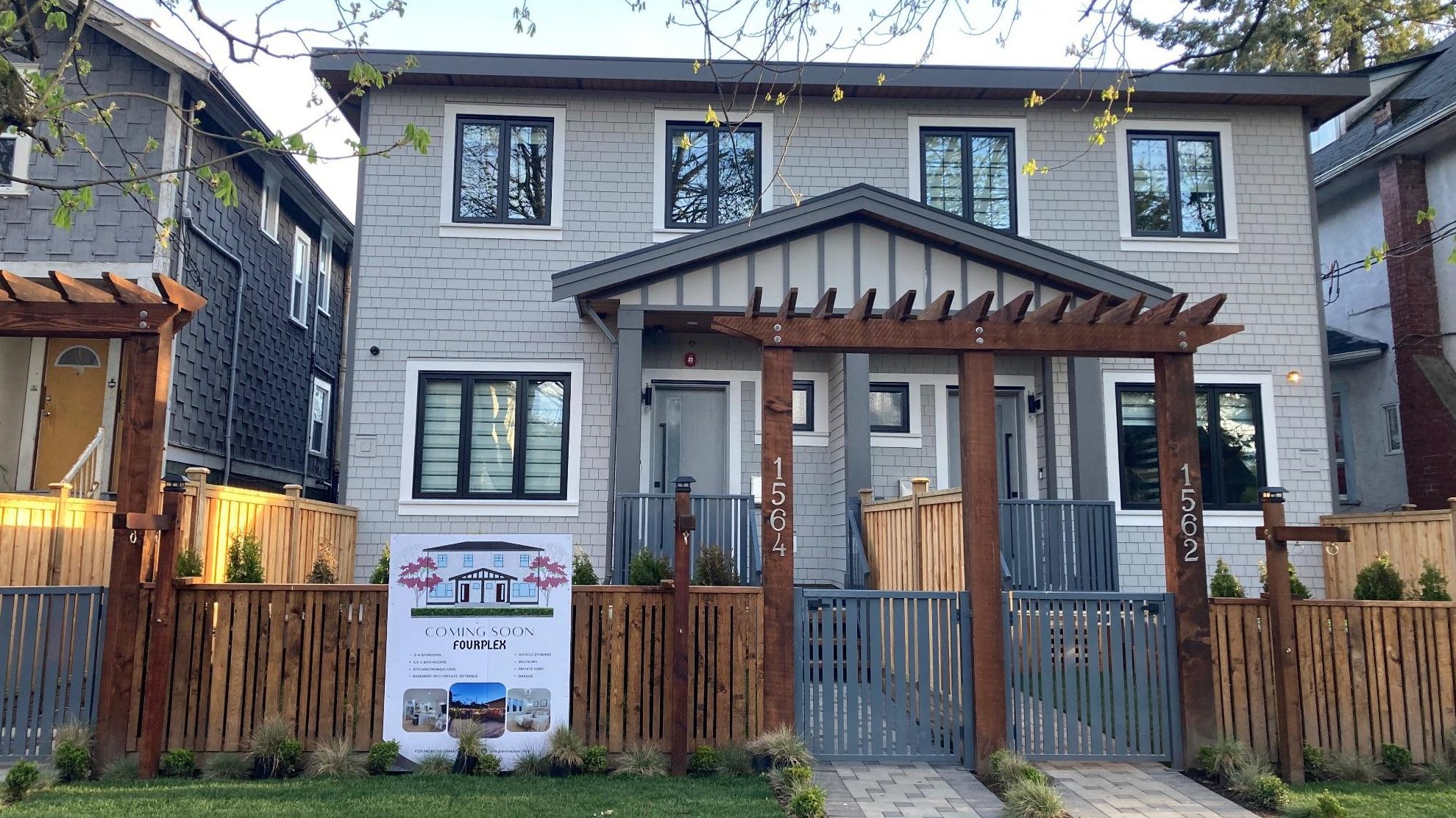Penned dog hunting (or “train and trial areas”) is a practice where hunters train their hunting dogs to chase, maim, and kill wild animals including rabbits, foxes, and coyotes that are caught and re-homed in large (hundreds of hectares) fenced-in areas. These facilities are licensed by the province to operate dog hunting training and competitions.
New facilities were last approved in 1997 when there were 60 facilities in Ontario. The Harris government intended to phase-out the facilities over time as the Fish and Wildlife Conservation Act (FWCA) does not allow:
- Issuing new licenses
- Transferring a licence to a new owner/operator
In 2023, there were 24 licensed train and trial areas in Ontario.
The Ministry of Natural Resources says it has received requests for changes to allow dog train and trial areas to continue to persist, including allowing for licence transfers in response to aging licence holders, as well as new licences to be issued.
In 2023, the Ford government under the Minister of Natural Resources PC MPP Graydon Smith of Parry Sounds-Muskoka passed Bill 91 which:
- Issued new licences in a one-time 90-day application period
- Allowed the transfer of licences to new persons
What are train and trial areas?
Train and trial areas are enclosed areas on private land where certain wildlife (i.e. cottontail, snowshoe hare, red fox or coyote) are kept captive for the purposes of teaching dogs hunting skills such as picking up scent trails, tracking, and pursuing game at a safe distance. They are also used to conduct hunting dog competitions (known as “trialing”). The fenced areas are designed to keep both the wildlife and the dogs confined to the area (not allowing for the free passage of wildlife).
Train and trial areas:
- train hunting dogs to only pursue specific game species in the wild by having them practice in a controlled environment
- exercise hunting dogs in the off-season
- provide a dedicated space for training where dogs and wildlife are contained and safe, to avoid conflicts with other land and resource users
- run trialing competitions where dogs are scored by judges for their hunting abilities
These areas are regulated under the Fish and Wildlife Conservation Act, and persons must obtain a licence to own and operate a train and trial area and meet regulatory requirements including:
- standards of care for wildlife
- minimum standards for facility size and areas of wildlife refuge
- appropriate fencing
- restrictions on the types and number of dogs that may be used
- maximum frequency of trialing activities
- record keeping
- prohibition on use of firearms
No other Canadian province allows penned dog hunting.
Timeline
October 1, 2024 – Ford government opens application window for new permits
Allowing individuals from both Canada and the U.S to apply:
The one-time 90-day period for persons to submit applications to establish a new train and trial area will occur October 1, 2024 – December 29, 2024. Interested persons should contact [email protected] for information on submitting an application.
October 1, 2024 – Public feedback raises ‘preservation of heritage’ and ‘animal welfare’
The feedback we received in support of the proposal included:
- preservation of heritage
- perceived safety benefit for dogs in a controlled environment
- prevention of trespassing when running dogs
- economic contributions via tourism during trialing events
The feedback we received that did not support the proposal primarily cited concerns regarding:
- animal welfare
- benefits to a small stakeholder group over the majority of Ontarians
- the danger to hunting dogs that participate in training and trials
- disease transfer
Some people that were opposed recommended that existing facilities be closed or that facilities use alternative tracking methods that do not involve live wildlife.
The Fish and Wildlife Conservation Act, 1997 requires that these facilities meet existing regulatory requirements, including:
- licensing
- lawful acquisition of wildlife to be kept captive
- minimum standards of care for wildlife
- minimum standards for facility size and areas of wildlife refuge
- appropriate fencing so wildlife cannot enter or escape
- restrictions on the types and number of dogs that may be used
- maximum frequency of trialing activities
- record keeping
- prohibition on use of firearms
August 22, 2023 – Animal Justice undercover exposé shows behind-the-scenes look penned dog hunting in Ontario
June 8, 2023 – Bill 91 Less Red Tape, Stronger Economy Act, 2023 allows new facility licenses, transferring facility licenses to new owners
The proposal would provide an opportunity to establish new train and trial areas in Ontario. The proposal would support the continued operation of licensed dog train and trial areas and offer benefits to persons who use dogs to hunt or track wildlife, or who run their dogs in trialing competitions, as they would continue to have access to dedicated space for dog training and trialing to avoid conflicts with other land and resource users.
1 Subsection 1 (1) of the Fish and Wildlife Conservation Act, 1997 is amended by adding the following definition:
“train and trial area” means an area in which wildlife is enclosed for the purpose of teaching dogs hunting skills or testing their hunting skills; (“zone de dressage et d’épreuves”)
2 Clauses 10 (1) (a) and (b) of the Act are repealed and the following substituted:
(a) enter premises in contravention of the Trespass to Property Act or the Security from Trespass and Protecting Food Safety Act, 2020 for the purpose of hunting or fishing;
(b) enter premises in contravention of the Trespass to Property Act or the Security from Trespass and Protecting Food Safety Act, 2020 in possession of a firearm, fishing rod or other hunting or fishing device;
3 Section 35 of the Act is repealed and the following substituted:
Train and trial area
35 (1) A person shall not own or operate a train and trial area except under the authority of a licence and in accordance with the regulations.
Licence issuance
(2) A licence may only be issued under subsection (1) in the following circumstances:
1. A licence may be issued to a person who owned or operated a train and trial area pursuant to a licence issued under the regulations in 2023.
2. A licence may be issued to a person who, during the application period described in subsection (3), submits an application to establish a new train and trial area.
3. A licence may be issued to any person to operate a train and trial area, if the area was previously subject to a licence issued under paragraph 1 or 2.
Application period
(3) For the purposes of paragraph 2 of subsection (2), there shall be a one-time application period, only in 2024, lasting a maximum of 90 days to be prescribed in the regulations.
Schedule 14 of the Fish and Wildlife Conservation Act, 1997
1997 – PC Harris government licensed 60 facilities and banned license transfers, phasing out the practice
Dog training and trials
35. (1) A person shall not own or operate an area in which wildlife is enclosed for the purpose of teaching dogs hunting skills or testing dogs’ hunting skills.
Exception
(2) Subsection (1) does not apply in the circumstances prescribed by the regulations. 1997, c. 41, s. 35.
Section 35 of the Fish and Wildlife Conservation Act
29. Subsection 35 (1) of the Act does not apply to a person who, on June 9, 1997, owned and operated a train and trial area if the person holds a licence to own and operate a train and trial area. O. Reg. 668/98, s. 29.
30. The holder of a licence that so specifies may keep coyote, red fox, varying hare and cottontail in the train and trial area for the purpose of teaching dogs hunting skills and testing those skills. O. Reg. 668/98, s. 30.
O. Reg. 668/98 Wildlife in Captivity



Leave a comment
All comments are reviewed prior to appearing on the site.
Rules: